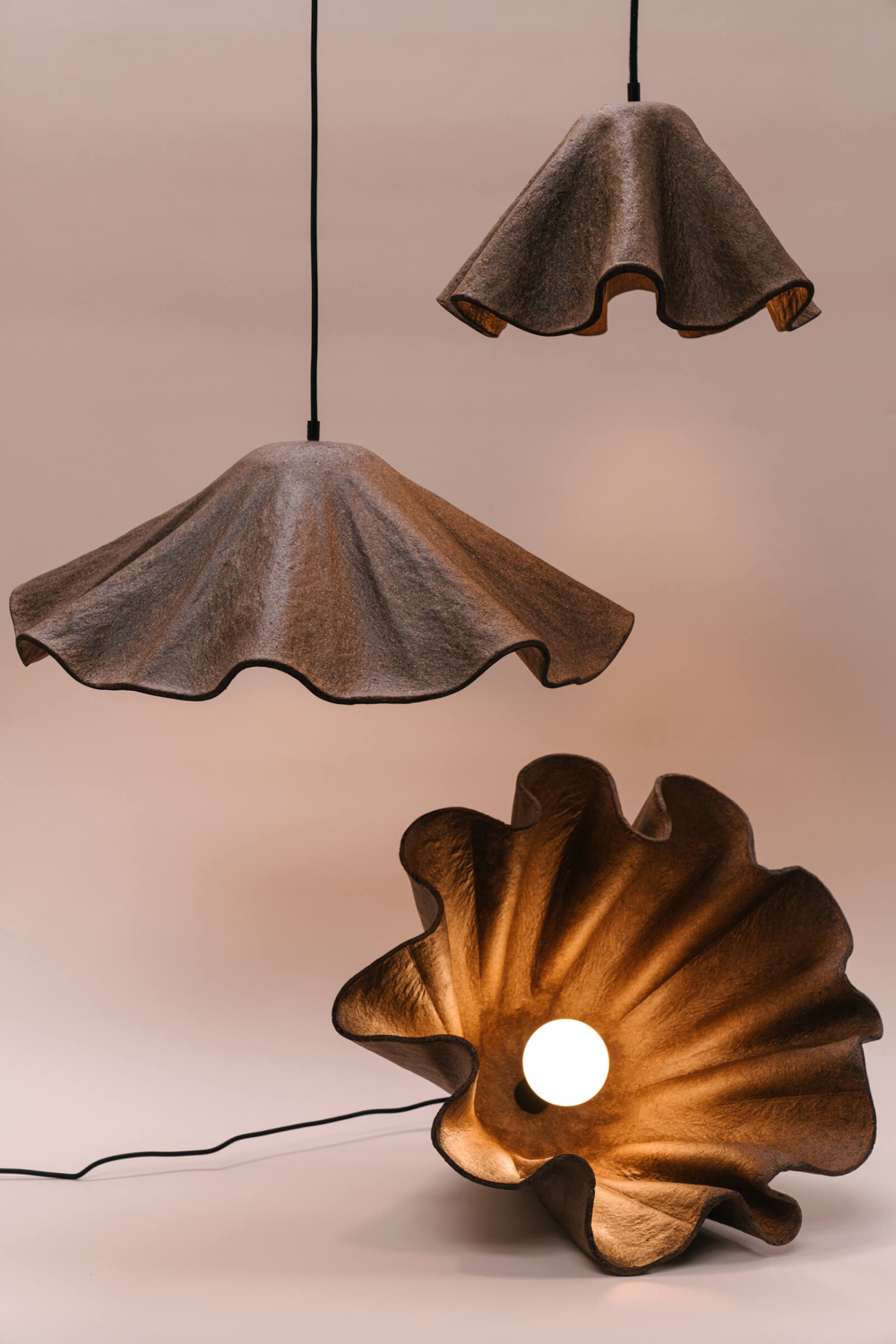
Lampshade design is an essential element in creating a cohesive and aesthetically pleasing interior décor. A well-designed lampshade can enhance the ambiance of a room by providing the right balance of light and shadow, as well as adding a stylish and decorative touch to the overall design scheme. There are countless options when it comes to lampshade design, including materials, shapes, sizes, and patterns. Traditional lampshades are typically made of fabric or paper, while contemporary designs may incorporate more unconventional materials such as metal, glass, or even recycled materials. The shape of the lampshade can also greatly influence the overall look of the lamp, with options ranging from classic drum shades to more modern geometric or asymmetrical designs. Additionally, the pattern or texture of the lampshade can add an extra layer of interest to the design, whether it’s a simple solid color, a striking graphic print, or a delicate lace overlay. Ultimately, the right lampshade design can make a significant impact on the overall look and feel of a room, making it an important consideration in any interior design project.
When it comes to lampshade design, there are numerous factors to consider in order to create a stunning and functional piece. One important element is the material used for the lampshade. Different materials can drastically change the look and feel of a lampshade, whether it be glass, fabric, metal, or paper. Each material has its own unique qualities that can enhance the overall aesthetic of the lampshade. For example, a glass lampshade can provide a sleek and modern look, while a fabric lampshade can add a soft and cozy feel to a room.
Another key aspect of lampshade design is the shape of the shade. The shape of a lampshade can greatly impact the distribution of light and the overall appearance of the lamp. Choosing the right shape for a lampshade is crucial in achieving the desired look and functionality. Whether it be a classic empire shape, a modern drum shape, or a unique geometric shape, the design of the lampshade can make a significant difference in the overall design of the lamp.
Furthermore, the color and pattern of a lampshade can also play a major role in its design. The color of a lampshade can greatly impact the mood and atmosphere of a room. Lighter colors can create a bright and airy feel, while darker colors can add drama and depth to a space. Additionally, patterns and prints on a lampshade can create visual interest and add personality to a room. By carefully selecting the color and pattern of a lampshade, one can create a beautifully cohesive design that enhances the overall aesthetic of a space.
 Decoration Ideas
Decoration Ideas









